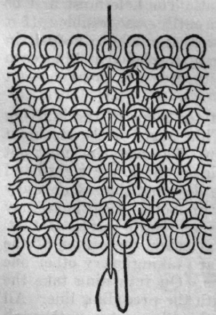I am always fascinated by the pragmatic logic of the Mīmāṃsā school (and often of every speculation about ritual). The one hinted at in the title is one of these cases: if something is already in use, it goes without saying that it is correct to use it, and one only needs an epistemic foundation for something one
starts using.
prasaṅga occurs three times in MS, all very close to each other, in MS 12.1.10-11 and 15. The context is that of the archetype sacrifice-ectype sacrifice (
prakṛti/
vikṛti) relationship and of the way elements are analogically translated from the former to the latter.
The first of these three
sūtras is traditionally read as a PP, possibly depending on the
vā found in the subsequent one:
pātreṣu ca prasaṅgaḥ syād dhomārthatvāt. (10)
nyāyyāni vā prayuktatvād aprayukte prasaṅgaḥ syāt. (11)
A provisional translation could sound like:
[PP:] And, as regards the vessels, [their function] might be automatically entailed (in a subsequent rite), since they are for the sake of the oblation.
[S:] Better: since [they] are [already] in use, they are regularly [to be employed]. The automatic entailment applies [only] in regard to something which is not already in use.
If the attribution to a PP is right, the objector argues that, in regard to the vessels, one might "apply" (i.e., analogically translate) them from the prakṛti, since both
vikṛti and
prakṛti have a common purpose, i.e., the oblation. The PP is here implementing the instrument of knowledge for deciding what has to be analogically extended called
artha, that is, inferring the proper element to be translated from its purpose (rather than out of a specific mention in the text, etc., see MNP 199, 201). The S replies that the vessels are regularly to be employed, since they are in use. This does not seem to confute the preceding
sūtra. It accepts the employment of the vessels, but not out of their translation from the
prakṛti, rather out of their being already in use. Further conditions (in the present case,
prasaṅga) apply only if there is not already something in use.
In other words, the principle of automatic entailment only applies if something is not already in use (and hence does not need any entailment). I am understanding
prasaṅga in
sūtra 11 as a principle and not a concrete act of entailment because one would not have a reason to repeat that the concrete entailment does not occur.
Do readers know of similar common-sense principles in texts which do not deal with ritual?On prasaṅga in the Śrautasūtras, see here. On prasaṅga in Mīmāṃsā, see here.




